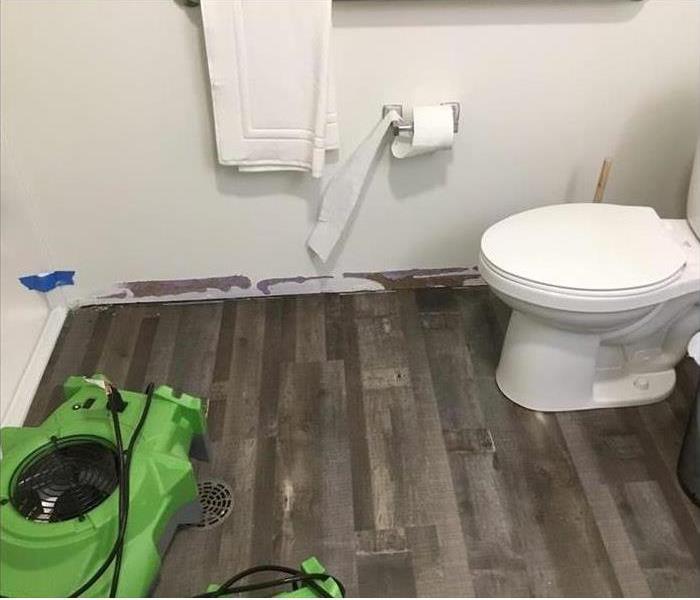When water becomes a hazard
9/21/2022 (Permalink)
When water becomes a Bio Hazard!
Homeowners often don't realize that they are responsible for the maintenance and repair of their lateral sewer pipe which is the pipeline between the city sanitary sewer main (which is usually located in the street) and the building.
Sewer backups and toilet overflows can wreak havoc in your home and can create a bio hazard situation very quickly.
Sewage backup should be considered an emergency and dealt with as quickly as possible. We are the water damage restoration specialists with specific training and expertise to safely restore your home or business.
So, what are the most common causes of sewer backups?
In the Northeast we have many older homes, often times these homes can be over 100 years old and one of the causes of sewer backup is aging sewer systems.
The ASCE states that the nation's 500,000-plus miles of sewer lines are on average over thirty years old. This has caused and contributed to the rapid rise of sanitary sewer back ups, overflows and flooded basements.
Tree roots seeking moisture, small roots of trees and shrubs make their way into sewer line cracks and service pipe joints, they can cause extensive damage or blockages as they grow larger. The cost of the clean-up will fall to the problem tree's owner.
Combined pipelines cause problems to arise in systems that combine storm water and raw sewage into the same pipeline.
During many rain storms, the systems are exposed to more volume than they can handle, and the result is a sewage backup situation that allows sewage to spew out into basements and other low lying drains.
There are 3 categories of contaminated water that homeowners may have to deal with in a water leak or sewer back up scenario, they are:
Category 1: "Clean Water"
This is water from a clean source, such as a broken clean water supply line or faucet. If left untreated, category 1 water can quickly degrade into category 2 or 3 water depending upon such factors as time, temperature, and contact with contaminants.
Category 2: "Gray Water"
This water has a significant level of contamination. Sources for category 2 water may include washing machine overflow; toilet overflow with some urine, but no feces; or dishwasher overflow.
Category 3: "Black Water"
This water is grossly unsanitary and any contact should be avoided. Sources for category 3 water could include flooding from rivers or streams, water from beyond the toilet trap, water from the toilet bowl with feces, or standing water that has begun to support microbial growth.
Water can go from Category 1 to category 3 quickly if left untreated and exposed to bacteria.
Give us a call at 603-298-6942 if you are dealing with any water or sewer backup and we'll make it "Like it never even happened"






 24/7 Emergency Service
24/7 Emergency Service
